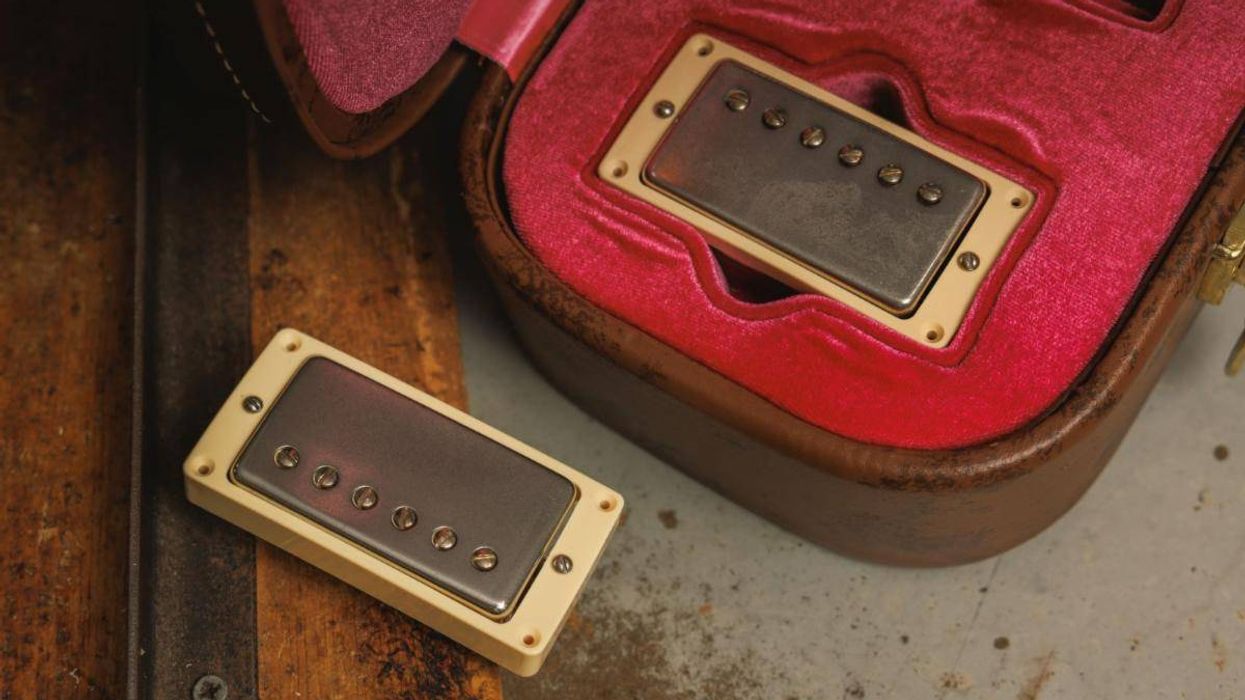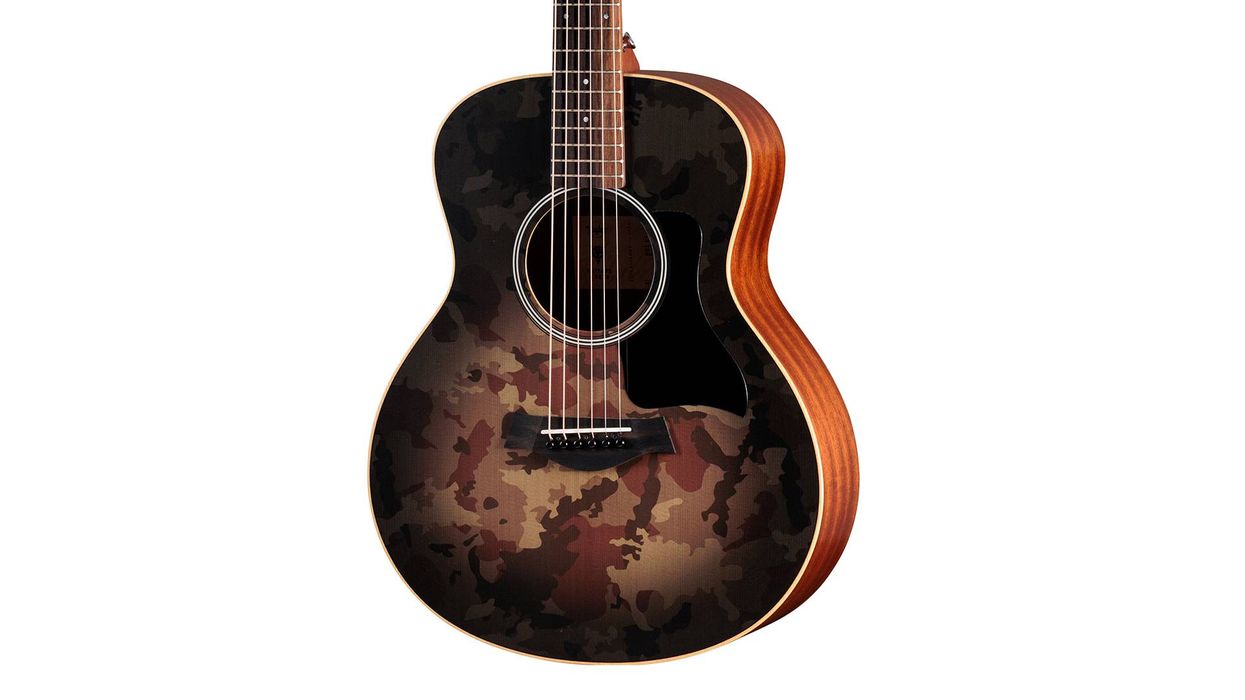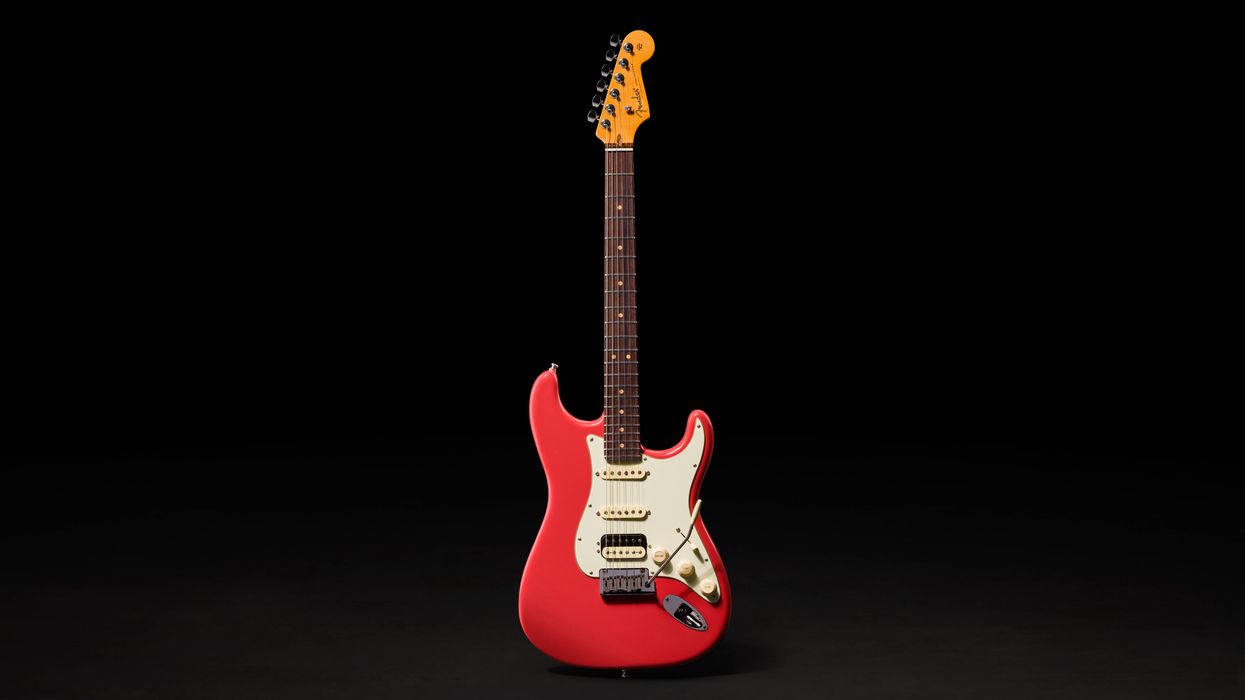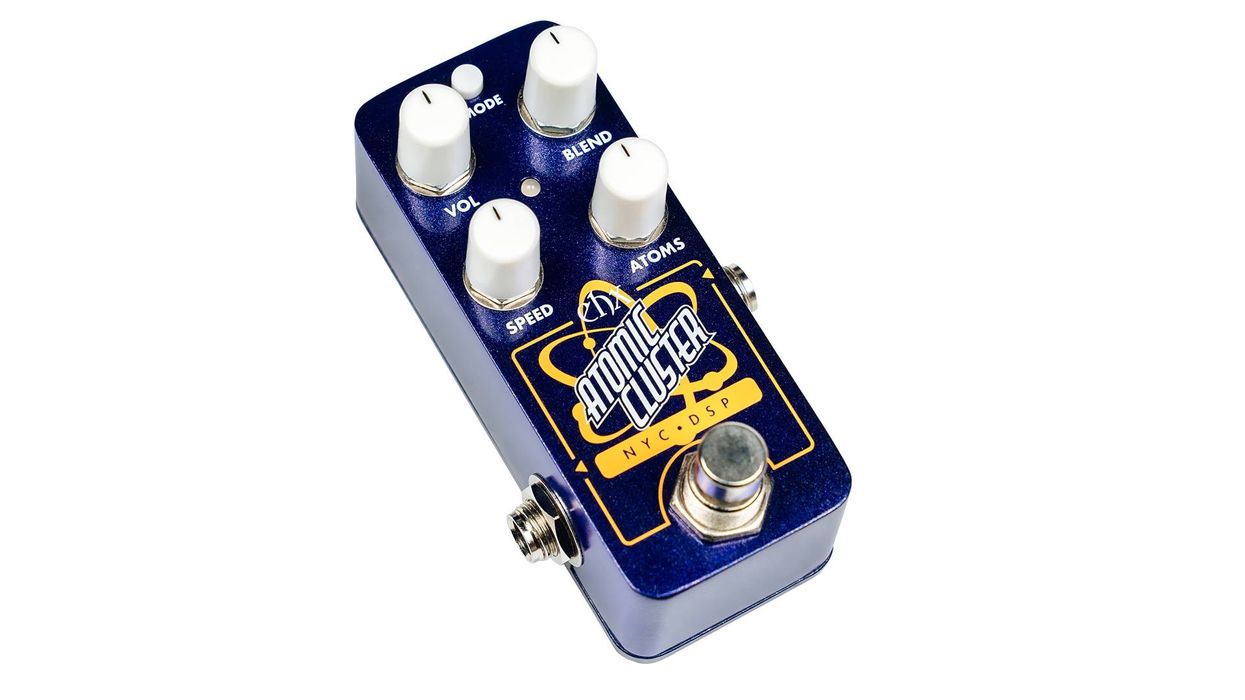There is a lot of discussion about the dimensions of frets and their influence on playing, especially among guitarists. Sure, bassists tend to use bigger frets, but, other than that, we seem to care far less about dimensions and more about their tonal influence.
In conversations about tone, some might immediately disregard the influence of frets due to their comparatively small size and get back to talking about woods some more. One reader recently questioned whether frets have any notable influence on tone. The question is absolutely legit, since frets are very prominently positioned at one of the anchor points of our strings. They are not going to have a dominating impact on our tone, but those claiming they have no impact probably also question the endless discussions about nut and bridge materials, too.
Materials that have been used for frets range from wood to different types of brass, Delrin, stainless steel, and the classic, standard nickel-silver. Wood, obviously, and Delrin, which is a trademarked name of a polymer/thermoplastic material, aren't commonly used nowadays. However, it's possible Delrin has a brighter—or darker—future once people learn it's the only way to get black frets.
The term “brass" can be a bit confusing, since it comes in a lot of flavors. It's mainly a mix of copper and zinc, but, as is often the case with alloys, smaller portions of additional metals like tin, lead, and nickel have huge influences on the physical properties of brass. Nickel silver (aka German silver) is, in fact, another brass variant and is also known as nickel brass. There is the euphonious term “bell brass," which is actually bronze (not real brass), due to its higher amount of copper. To add to the confusion, the word “bell" is also often used to distinguish between casted and extruded materials, especially for drum hardware. Another common fret material is EVO, a nickel-free alloy made from copper, tin, iron, and titanium, and best known for its gold color.
Back to tone. It's fair to assume that soft wood and Delrin frets will exhibit a stronger dampening in the upper range and less attack due to their structure and softness. But what about all those metals that are common on today's instruments? Almost every article about frets shares the same wisdom that big frets equal bigger tone, while smaller frets excel in intonation. The latter is at least theoretically imaginable, but the big-tone argument sounds as baloney as “red instruments sound more aggressive," since the mass differences between the fret sizes are rather minuscule. Fig. 1 shows two basic physical properties of common fret materials: density for mass, and hardness for their resistance to wear.
The approximate physical properties of several fret materials used on our instruments. Figure courtesy tuneyoursound.com/Henzig Collection
Luthiers and manufacturers often have an advantage, since they get very similar instruments on their workbenches and can better recognize small tonal changes from fret sizes or materials. In my own experience, I've been able to definitely notice changes when it comes to fret material, although never between sizes. Even though some say they can't hear any differences at all, stainless steel is definitely brighter sounding than softer brass and nickel-silver variants, and comes with that extra-high clack sound when played acoustically. EVO frets are, for the most part, somewhere in between the light and dark sonic sides.
To my knowledge, there are no actual studies or detailed comparative measurements of the different fret materials out there—just common wisdom and opinion. So, unfortunately, the information out there isn't based on measurements, but instead consists of highly subjective impressions, and differs widely. The one thing in common is that anecdotal evidence never mentions variations in the bass range at all, and the changes are only described by their influence on the upper range, with stainless steel and titanium being brightest. Nickel silver, on the other hand, is often described as “natural and warm sounding," which is a kind euphemism for sucked-up treble, or may just means that we're used to its sound.
The only real way to learn more is to extrapolate from what we already know about other parts of the instrument—especially the two other points of string contact: the bridge and the heavily discussed “special fret," the nut.
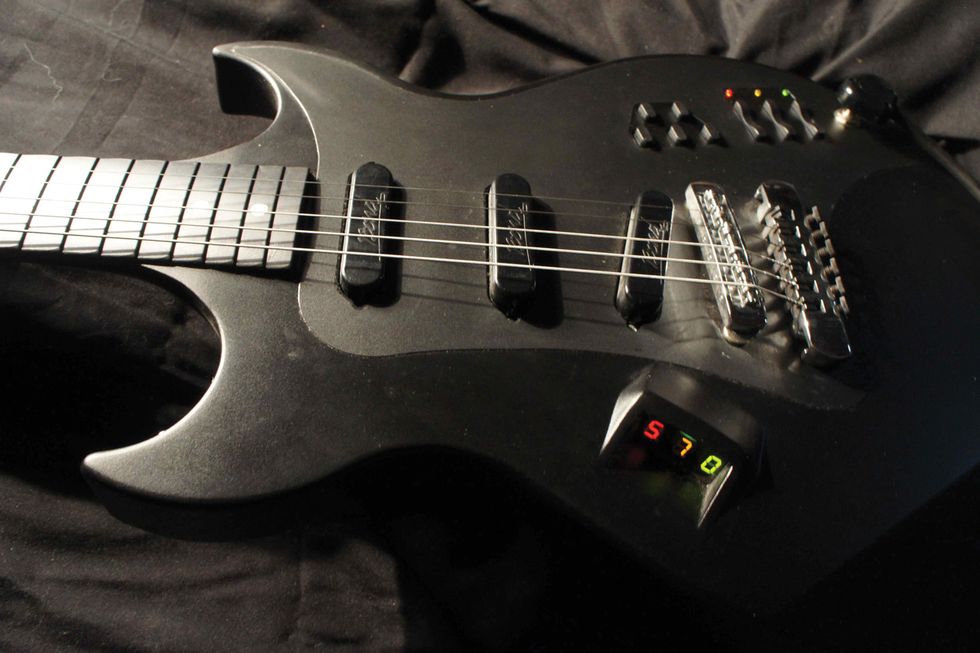

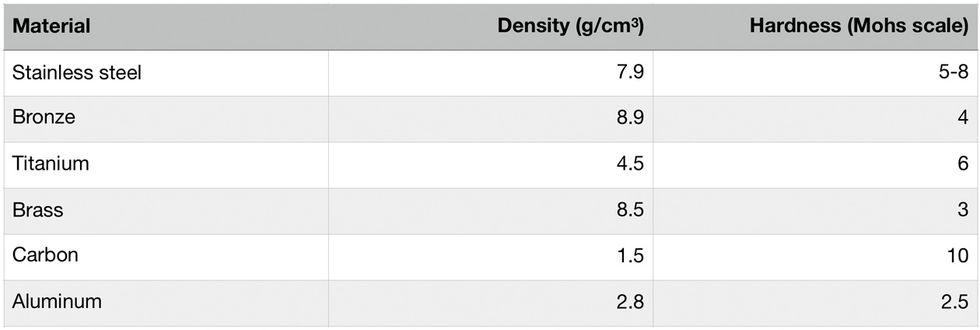


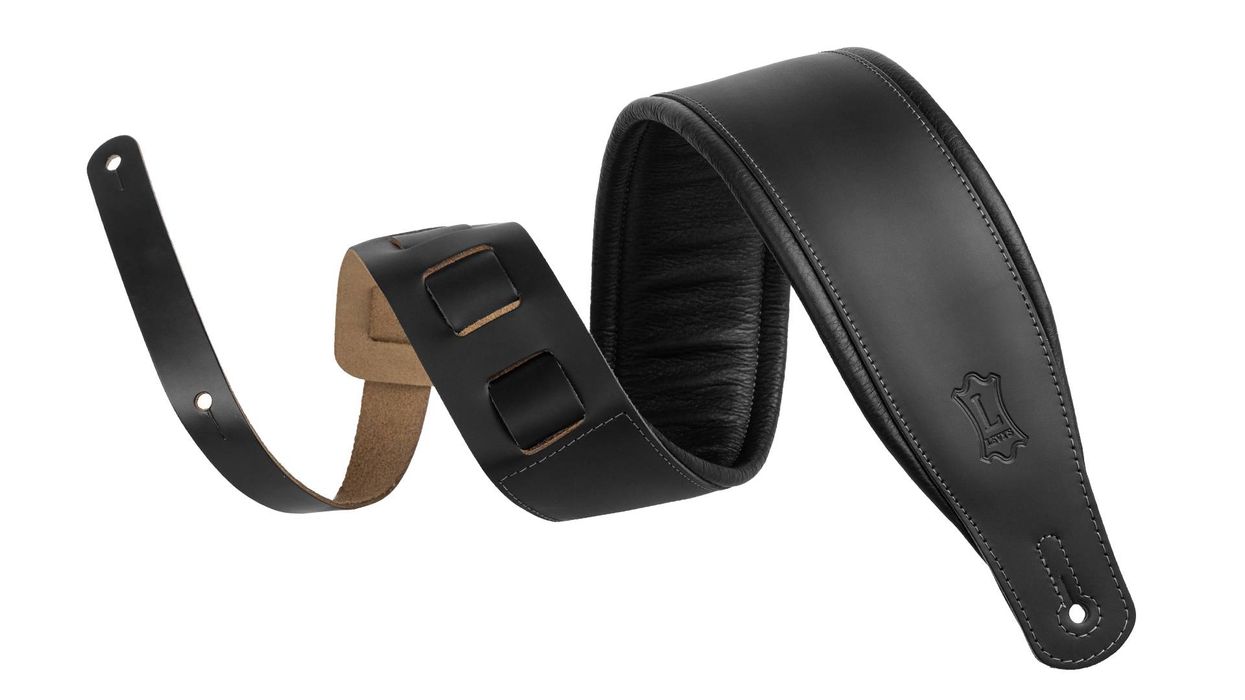

![Rig Rundown: AFI [2025]](https://www.premierguitar.com/media-library/youtube.jpg?id=62064741&width=1245&height=700&quality=70&coordinates=0%2C0%2C0%2C0)












 Shop Scott's Rig
Shop Scott's Rig